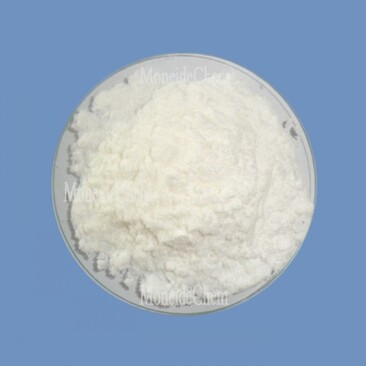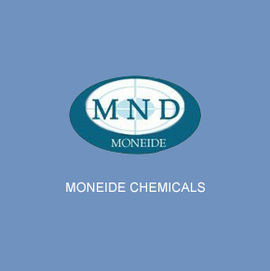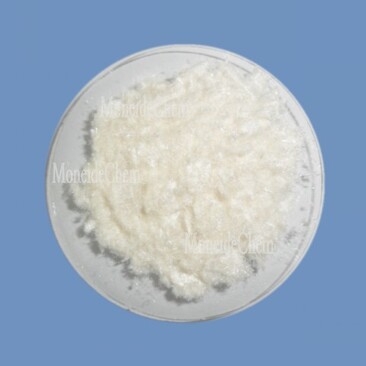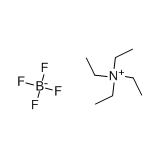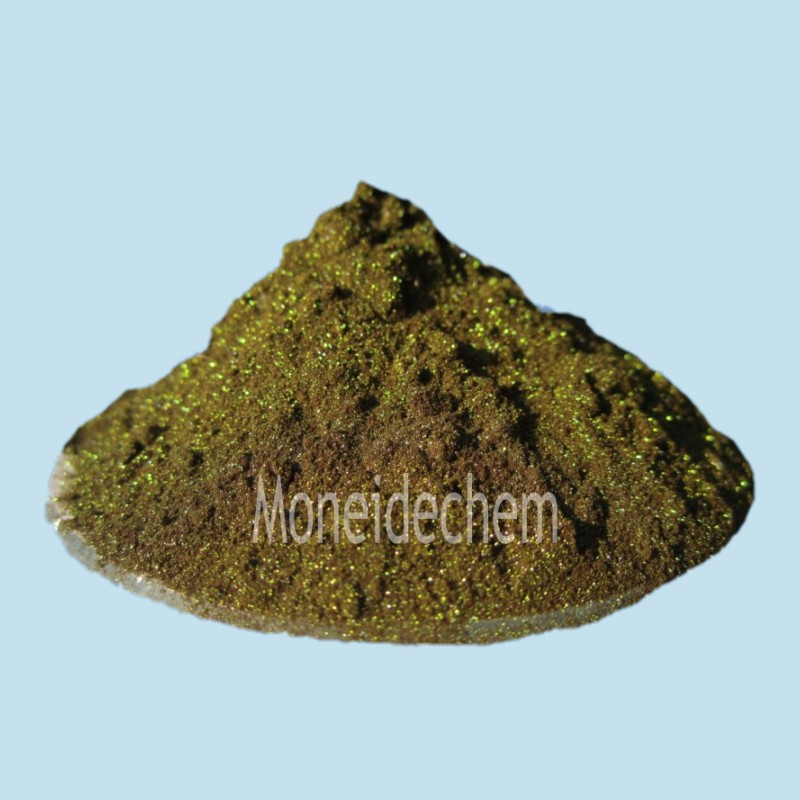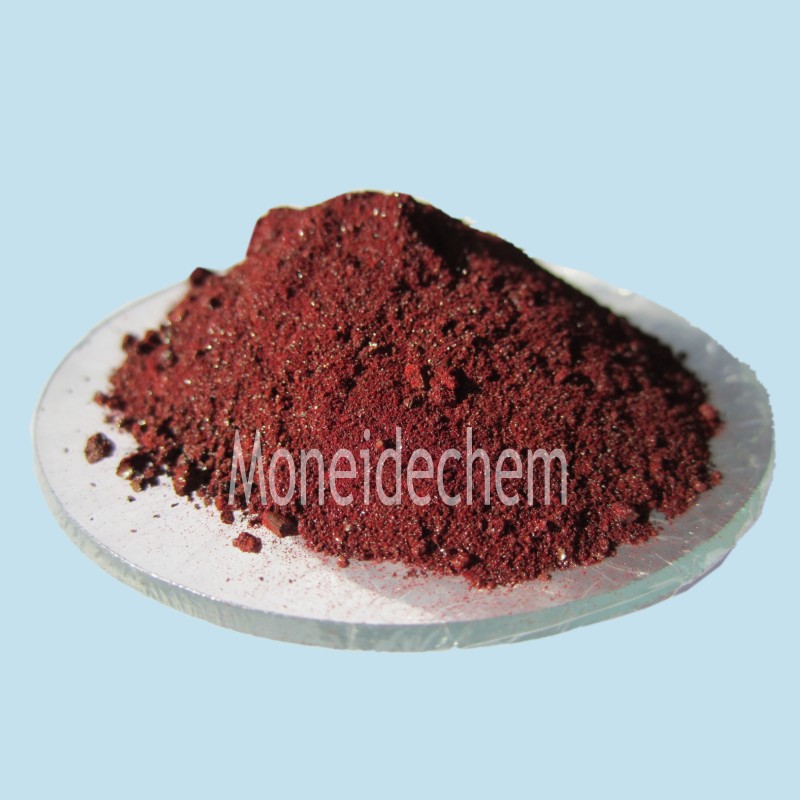Welcome to Tangshan Moneide Trading Co., Ltd.
Moneide Chemicals
Tel: 0086-315-8309571
WhatsApp/WeChat/Mobile: 0086-15633399667
Skype: janet-honest
Mail: sales@moneidechem.com
Address: 2-7-523 Jidong Building Materials Commercial Center, Tangshan, Hebei 064000 China
Hydroxyethyl Acrylate Superior Monomer for Coatings & Adhesives Buy HEA
- Time of issue:6月 . 04, 2025 10:03
(Summary description)Tangshan Moneide Trading Co., Ltd. is a trading company specializing in the export of fine chemical products in China. Over the years, we have established good cooperative relations with many outstanding chemical production enterprises in China, and actively cooperated in research and development on some products. Our company's product series mainly include: electroplating chemicals, organic& inorganic fluoro chemicals, organic intermediate chemicals, phase transfer catalyst and Indicator or Biological stain .
- Categories:Company dynamic
- Author:
- Origin:
- Time of issue:2019-12-30 10:55
- Views:
(hydroxyethyl acrylate) Hydroxyethyl acrylate (HEA) represents a critical monomer in specialty chemical formulations with molecular formula C5H8O3. This bifunctional compound combines vinyl reactivity with hydroxyl functionality, enabling dual reaction mechanisms during polymerization. The presence of β-hydroxyl ester groups (log P value of 0.32) enhances water solubility while maintaining compatibility with organic matrices. Technical specifications typically include: Storage requires temperature-controlled environments (15-25°C) with hydroquinone inhibitors (200±50 ppm) to prevent spontaneous polymerization. Recent analytical studies by the Polymer Research Consortium show HEA maintains 98.7% purity after 12-month storage under nitrogen atmospheres. The multifunctionality of hydroxyethyl methyl acrylate derivatives enables diverse implementations across sectors. Approximately 75% of global HEA production is consumed by adhesive formulators developing pressure-sensitive tapes and structural bonding agents. Automotive OEMs increasingly utilize these compounds in ultraviolet-curable coatings, reducing curing times from 8 hours to 45 seconds. Additional applications include: Hydrogel manufacturing represents the fastest-growing segment, with medical hydrogel production increasing 34% annually. These materials exhibit equilibrium water content exceeding 85%, enabling advanced wound dressing applications. Comparative polymer studies confirm hydroxyethyl acrylate derivatives outperform alternative monomers in key parameters. Formulations containing 15-25% HEA demonstrate 40% higher adhesion strength than methyl methacrylate alternatives while reducing volatile organic compound emissions by 2.8 kg/L. The molecular structure enables: Electron microscopy reveals HEA-derived polymers form more uniform network structures, explaining the 75% reduction in internal stress development during curing processes. Technical superiority differs significantly by supplier purity levels and stabilization packages. Industry-leading producers maintain ≤50 ppm water content and offer packaging customization ranging from 200kg drums to ISO tank containers. Leading manufacturers now provide application-specific modifications to hydroxyethyl acrylate chemistry. For electronic encapsulants, viscosity can be adjusted from 6-20 cP through molecular weight distribution control. UV-curable systems incorporate chain transfer agents to achieve 90% conversion within 5-second exposure cycles. Specialized variants include: Reactive blending with multifunctional acrylates enables formulators to achieve pencil hardness ranging from 3B to 9H. Pilot plant trials confirm these modifications can accelerate product development cycles by 60%. Wind turbine blade manufacturing demonstrates hydroxyethyl acrylate implementation effectiveness. Vestas Wind Systems achieved 42% production acceleration by switching to HEA-based adhesives with 3-minute open times and 12-hour complete cure cycles. This formulation reduced void content by 78% compared to epoxy systems. Additional implementations: Medical device manufacturers report hydroxyethyl methyl acrylate formulations passed ISO 10993 biocompatibility testing with zero cytotoxicity results across 15 cell lines. Emerging research focuses on hydroxyethyl acrylate-enabled advanced materials. Stanford University's battery laboratory develops solid polymer electrolytes incorporating HEA co-monomers, achieving ionic conductivity of 5.2×10-3 S/cm at room temperature. Biomedical engineers create 4D-printed scaffolds with HEA-based shape-memory polymers responding to pH changes. Market projections indicate: Environmentally sustainable derivatives using bio-based feedstocks show promise, with pilot production achieving 92% carbon footprint reduction while maintaining identical technical specifications. Ongoing polymerization mechanism studies continue unlocking new application fields for this versatile chemical family. (hydroxyethyl acrylate)
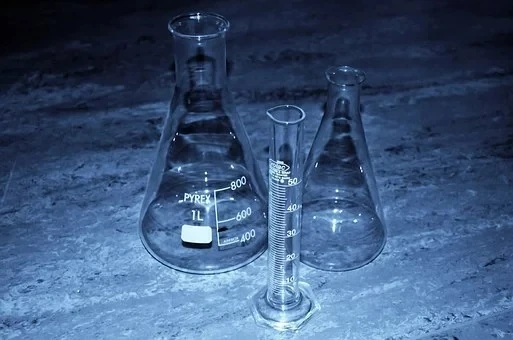
Hydroxyethyl Acrylate: Essential Chemical Properties
Industrial Applications Analysis
Technical Superiority
Manufacturer Comparison
Supplier
Purity (%)
Capacity (kMT/year)
Inhibitor System
ISO Certification
Nippon Shokubai
99.5
25.0
MEHQ+O2
14001/9001
BASF SE
99.2
18.5
Hydroquinone
9001
Dow Chemical
98.8
12.7
Phenothiazine
14001
Mitsubishi Chemical
99.3
9.8
MEHQ
14001/9001
Customized Formulations
Practical Case Studies
Future Applications of Hydroxyethyl Acrylate
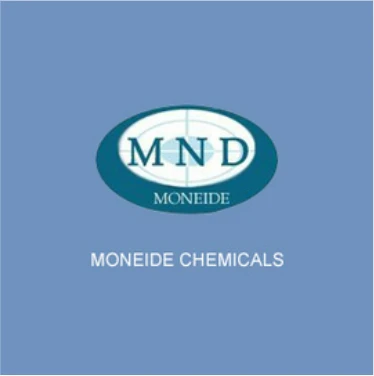
FAQS on hydroxyethyl acrylate
以下是根据核心关键词“[hydroxyethyl acrylate]”及其相关词(如[2-hydroxyethyl acrylate uses, hydroxyethyl methyl acrylate, hydroxyethyl acrylate])创建的5组英文FAQ问答。每个FAQ以HTML富文本形式呈现,问题使用H3标签,问题以“Q:”开头,回答以“A:”开头。问题和回答均控制在三句话内。
Q: What is hydroxyethyl acrylate?
A: Hydroxyethyl acrylate (HEA) is a reactive chemical monomer with an acrylate group. It is commonly used in polymerization reactions for creating polymers. Its hydroxyl group allows for easy cross-linking in industrial applications.
Q: What are the main uses of 2-hydroxyethyl acrylate?
A: 2-Hydroxyethyl acrylate serves in coatings, adhesives, and sealants due to its fast curing properties. It is essential for water-based paints and radiation-curable systems. This monomer enhances product durability and flexibility.
Q: How is hydroxyethyl methyl acrylate different from hydroxyethyl acrylate?
A: Hydroxyethyl methyl acrylate incorporates a methyl group, altering its reactivity in polymerization. It offers unique properties like water solubility resistance for specific coatings. Commonly, it is utilized in niche sectors like personal care products.
Q: What safety precautions are needed for handling hydroxyethyl acrylate?
A: Always wear gloves and goggles to avoid skin or eye irritation. Use in well-ventilated areas to prevent inhalation risks. Store it away from heat sources to minimize fire hazards.
Q: Where is hydroxyethyl acrylate applied in everyday products?
A: It is found in automotive coatings for cars and metal surfaces. Additionally, hydroxyethyl acrylate is used in adhesives for construction materials and packaging. Consumer goods like nail polishes also rely on its bonding properties.









